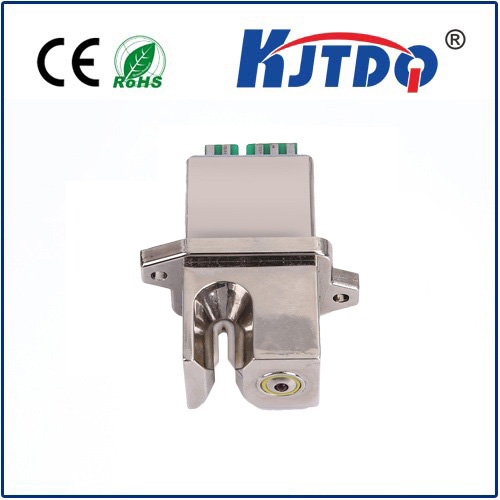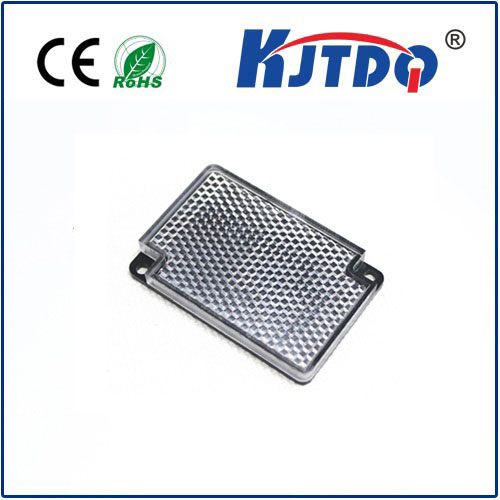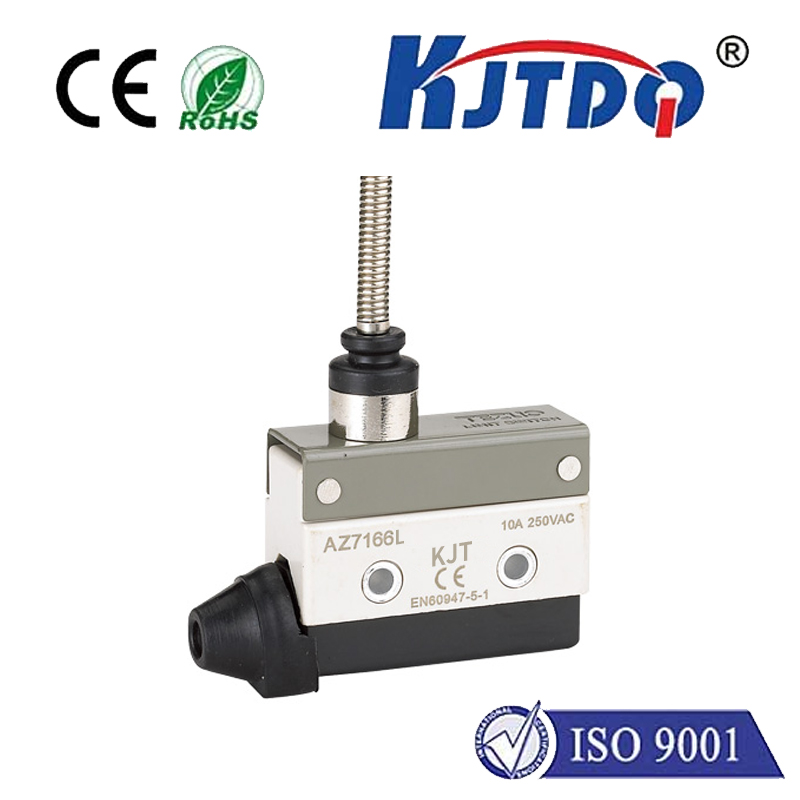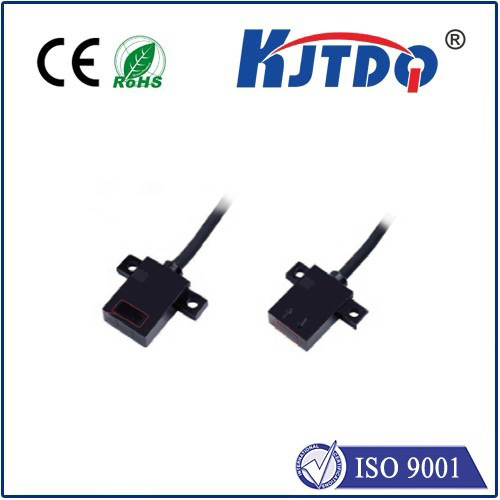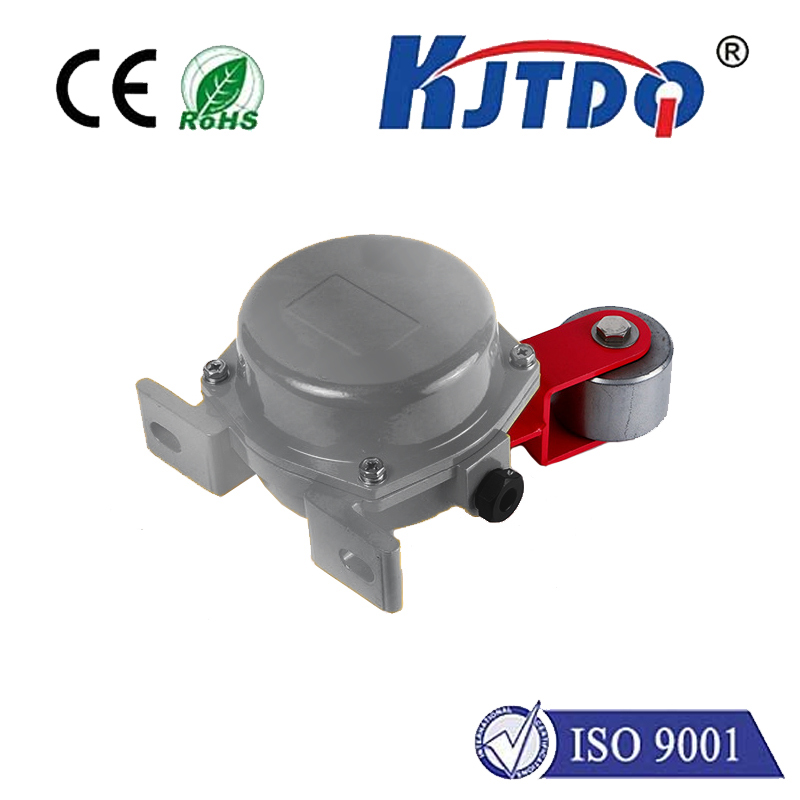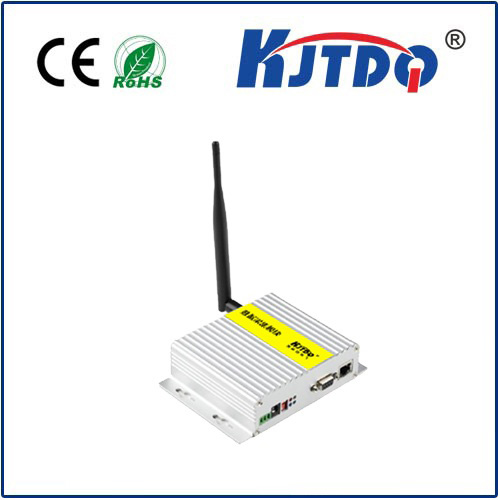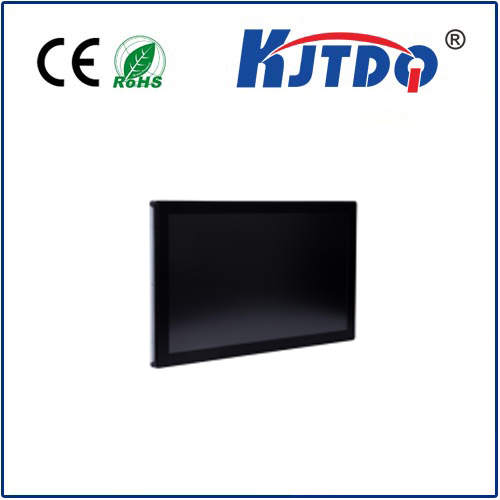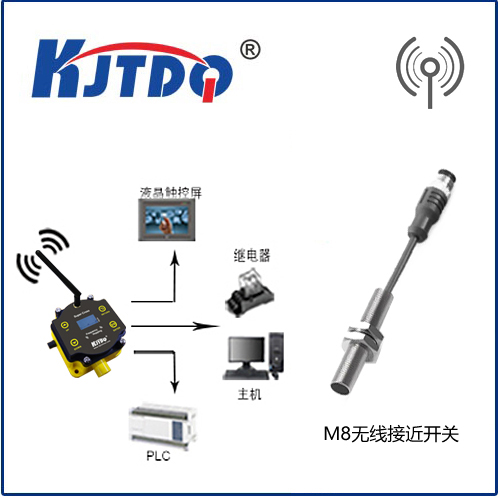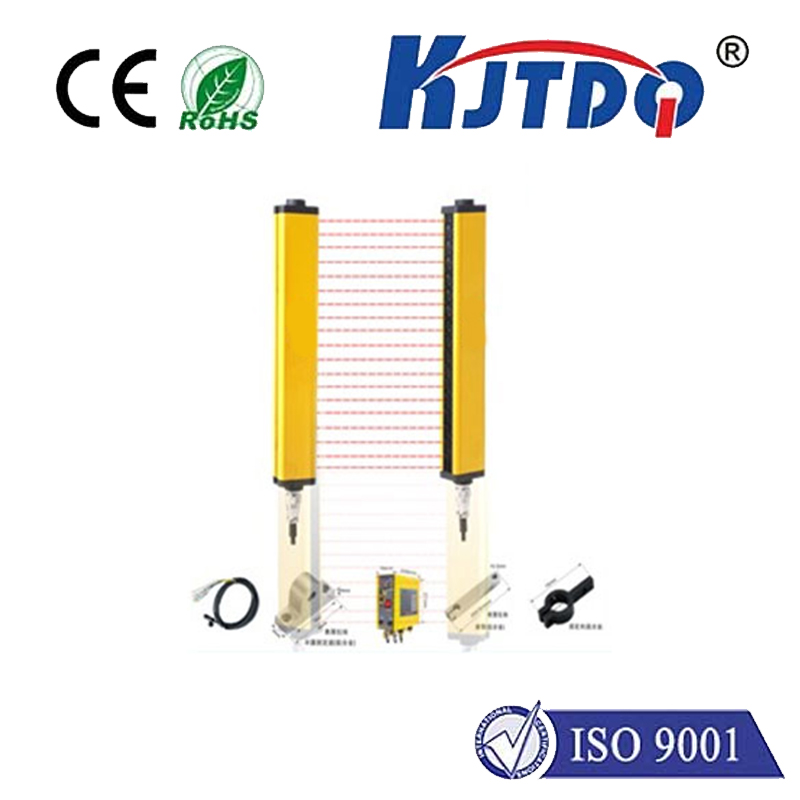
check

check

check

check
Title: Understanding Limit Switches, Spring-Based and Their Applications
Introduction to Limit Switches, Spring-Based and Their Applications
Limit switches are essential components in the automation industry, particularly in control systems that require precise positioning and movement. There are two distinct types of limit switches: mechanical switches and spring-based switches. This article aims to provide a comprehensive understanding of both types, their features, and applications in various industries.
Mechanical Limit Switches vs. Spring-Based Limit Switches
Mechanical Limit Switches: The Pros and Cons
Mechanical limit switches are the most common type of limit switch used in automated systems. They consist of two metal contacts that open or close when they come into contact with each other. The advantage of mechanical switches is their simplicity and reliability. However, their disadvantage is that they can be noisy and generate a significant amount of heat, which can affect the longevity of the switch.
Spring-Based Limit Switches: The Advantages and Disadvantages
Spring-based limit switches use a flexible metal strip that extends between two contacts when they meet. The advantage of spring-based switches is their low noise level and minimal heat production compared to mechanical switches. Additionally, spring-based switches are often more durable than mechanical switches due to their flexibility. On the downside, however, spring-based switches can be more expensive than mechanical switches and may have a longer reset time after activation.
Applications of Mechanical Limit Switches and Spring-Based Limit Switches
Mechanical Limit Switches: Widely Used in Various Industries
Mechanical limit switches are versatile and can be found in a variety of industries, including manufacturing, automotive, robotics, and aerospace. In these sectors, they are commonly used for position control, motion control, and safety monitoring.
Spring-Based Limit Switches: Favored by High-Performance Applications
Spring-based limit switches are preferred in applications where precision, stability, and durability are critical. For instance, they are frequently used in precision instruments, medical devices, and high-tech machinery. Spring-based switches also offer better protection against environmental factors such as vibration, moisture, and temperature fluctuations.
Conclusion
In summary, both mechanical and spring-based limit switches have unique advantages and disadvantages. The choice between the two depends on specific application requirements, including performance, cost, noise reduction, and durability. Regardless of the type of limit switch used, it plays an essential role in ensuring accurate control and safe operation of automated systems across various industries.

